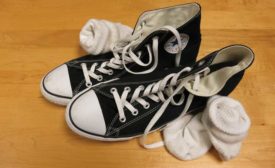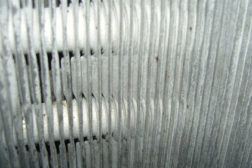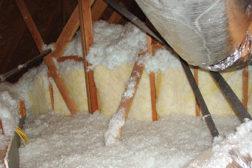Home » Keywords: » dirty sock syndrome
Items Tagged with 'dirty sock syndrome'
ARTICLES
Contractors Discuss the State of HVAC System Odor Complaints
Dirty sock syndrome: Has it become a problem of the past?
Read More
Copyright ©2024. All Rights Reserved BNP Media.
Design, CMS, Hosting & Web Development :: ePublishing




